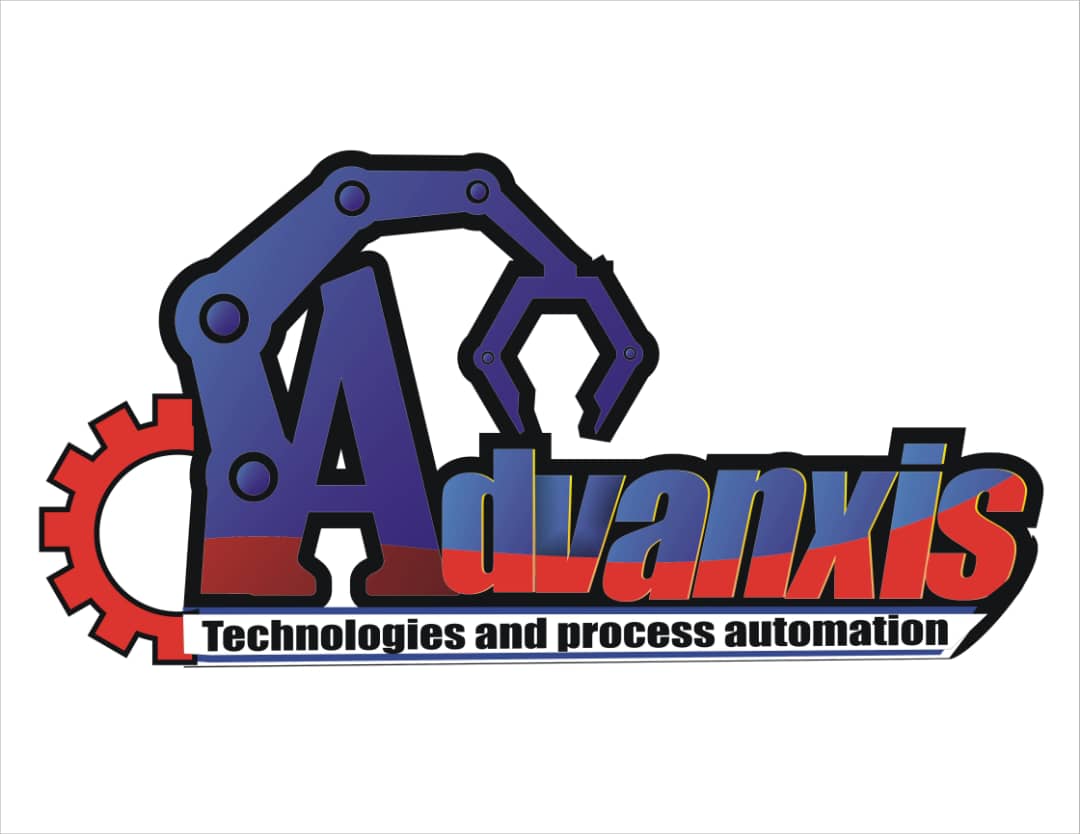Course Description
This course covers the principles of automatic industrial control and the operation of the feedback loop to include proportional, integral and derivative control modes. Advanced concepts of cascade, ratio, and feedforward control are presented. Methods of controller tuning are presented and practiced. Improved control provides better productivity and efficiencies.
This course presents, step by step, practical, successful tuning methods that utilize closed loop relationships and reaction curve analysis to tune feedback controllers in process industries. These methods can be easily understood and applied immediately to provide improved control of your processes.
Also this course explains the operation and application of advanced regulatory control methods: ratio, cascade, adaptive feedforward, override and deadtime control. Strategies are covered as well as mean to study process dynamics needed for implementation.
You will learn how to tune advanced control systems to improve control of various types of processes. This will lead to more efficient process operation.
Course Objective
Participant will be able to:
- Explain the fundamentals of controller gain or proportional band, integral and derivative actions and the application of each
- Explain the operation of the components in a closed loop control system including static and dynamic functions
- Identify the requirements for open loop and closed loop stability
- Use three methods to tune a control system for stated quality control
- Understand the functions of cascade control loops and the advantage of cascade control over single element feedback control
- Tune a cascade control loop for optimum control
- Understand the principles and design features of feedforward control
- Tune a feedforward control system for optimum control
- Identify the advantages of feedforward control over feedback control
- Understand the operation and function of ratio control systems
- Tune ratio control systems
- Tune a controller by trial and error
- Improve on the trial and error method by using analytical methods
- Apply the ultimate sensitivity tuning method to properly tune feedback controllers
- Determine tuning constants by using procedures to improve as found settings
- Run response curves on a process
- Measure gain, dead time and process lag of a process
- Determine what controller gain or proportional band, integral, and derivative actions are best to control this process
- Understand the difference between set point change and load change
- Identify when tuning changes may be needed for improved control and state reasons for this
- Recognize when advanced controls are beneficial
- Explain feedforward control and list the benefits
- Run plant tests to determine feedforward relationships
- Calculate the feedforward constants
- Explain what adaptive or scheduled gain is and its benefits
- Calculate adaptive gains for non-linear processes
- Explain the function and operation of dead time compensators
- Tune dead time compensators
- Use different methods to improve control of processes with dead time
- Identify when process changes may be needed for improved control
Course Outline
- Control Modes: Proportional, Integral and Derivative
- Dynamic and Steady State Considerations: Gain, Dead Time and Time Constant
- Tuning Control Systems: Closed Loop Tuning Using Ziegler Nichols Method, Evaluation and Control Criteria
- Cascade Control: Primary Loop, Secondary Loop, Design and Tuning Criteria
- Ratio Control: Applications and Implementation
- Feedforward Control: Criteria, Applications, Tuning, Implementation, Material and Energy Balances
- Safety Concerns and Procedures when Operating Control Systems
- Relationship of Controller and Process: Four components in a closed loop system, Interaction of changes of each component, and Benefits of Good Control
- Rules for Improved Trial and Error Tuning
- Analysis of Closed Loop System: Tuning Using Oscillation Techniques
- Analysis of Open Loop System: Tuning Using a Response Curve Generated by a Step Change, Tuning Using a Response Curve Produced by a Load Change, and Working with Unusual Response Curves
- Process Characteristics and Related Tuning Requirements
- Understanding Changes that may be Required in the Process and Suggest Alternative Methods
- Relationship of Controller and Process: Various Parts of Processes and Interaction of these Parts
- Description and Benefits of Feedforward Controllers: Tests Required to Obtain Feedforward Constants, Calculation of the Feedforward Constants
- Description and Benefits of Adaptive or Scheduled Gain: Methods to Tune Controllers with Adaptive Gain. Use of Adaptive Gain to Provide Control of Non-linear Processes. Using Adaptive Gain to Provide Special Effects. Limits, Step Changes, Transmitter Failure Protection, Surge Control, etc.
- Analysis of Processes with Excessive Dead Time: Dead Time Compensatory. Tuning Dead Time Processes with PID only. Small Changes to a Process to Provide Improved Control
- Application of Error Squared Controllers for Level Control.
- Understanding Changes that may be Required in the Process
Course Duration 21hrs/2weeks
click here to register for this course
